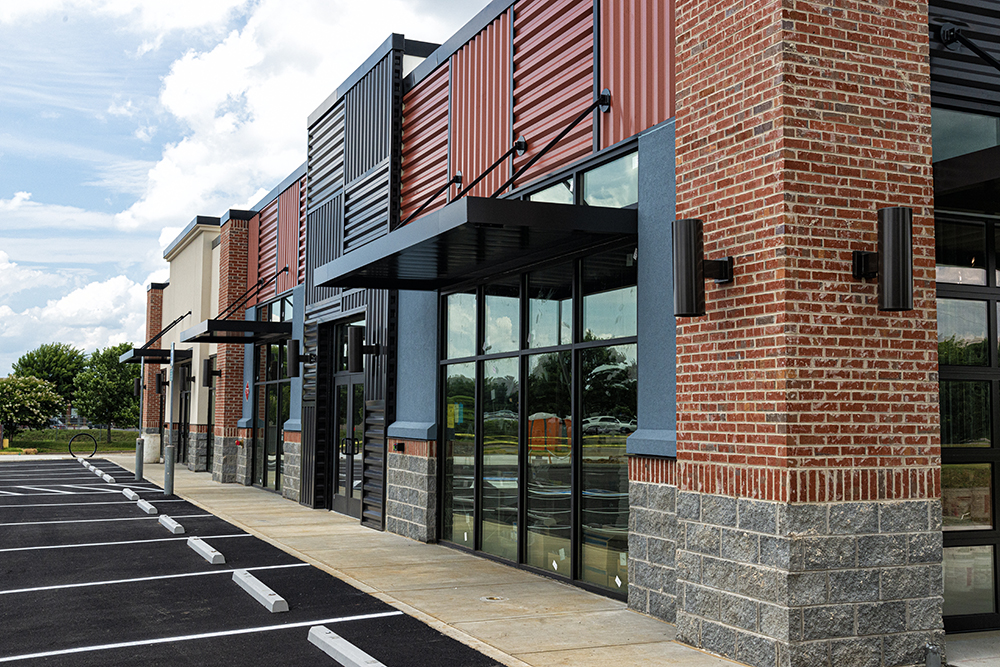Often, water damage can occur in our businesses like water damage occurs in our home, but also for many other reasons that can only be connected to a business. Anytime a water accident occurs, the aftermath is costly and frustrating. However, when disaster strikes our business, the cost of the entire incident isn’t so much due to repairs, but it can also be made up of ruined equipment, and work lost to periods of shut down. Our water damage restoration specialists are here for you if you find yourself in the midst of a disaster. However, we want you to avoid a situation if at all possible. Keep reading to learn about steps you can take to prevent water damage in your building of business.
Check your roof regularly.
Having your building checked regularly by a professional or checking it yourself is important. This is important because often, damage can occur without our knowing until the damage has grown into a full-scale problem. Checking your roof is an easy way to avoid leaking and water damage that can ruin ceiling tiles and eventually, the equipment or furniture under those ceiling tiles. When you inspect your roof look for:
- Weak spots, penetrations, and areas where vulnerable building materials are exposed
- Water stains, recesses created by pooling water
- Broken, clogged, or insufficient drainage systems
Having a roof that you can rely on is one of the most important parts to having a building that is protected from water damage and other related damaging effects.
Inspect your walls.
Inspecting the walls of your business’s building is also a must. Again, like the roof, this is a key structural element and, if there is something wrong with it, then it is the gateway to a variety of other problems. If your walls are penetrated, then mold can grow and other elements such as wiring, insulation, and more can be negatively affected. When periodically examining your walls check for:
- Joints around doors and windows
- Flashing and integrity of sealant
- Penetrations, weak spots, and problem areas
Catching an issue or seeing the potential for a problem and addressing it before it is allowed to develop will save you a lot of pain, frustration, and money in the long run.
What’s next?
These are only the first two ways to prevent water damage to your business. Stay tuned for our next blog post to learn about the final three steps of easily preventing water damage in your business. One of the ways that you can prevent water damage in your business is through a Disaster Response Plan. A DRP could be the difference that saves your business from devastation when disaster strikes. Stay tuned to learn more or visit our website!
If you need water damage restoration in West Michigan, contact Disaster Response! We have the experience, knowledge, and compassion to help you through whatever life throws at you!
Analyze your windows.
The third step of five that we have been discussing lately that can save your business is analyzing your windows and the area around them. Windows are a source of natural light and fresh air—both are creature comforts that we, our employees, and customers need to stay healthy and happy. Though our windows are essential, they can also be places of weakness in the structural integrity of our building. For this reason, you must keep an eye on your windows to make sure that they are secured, sealed, and functioning like they should. Here are some aspects of your windows to regularly check:
- Integrity of the air seal
- Functionality of locks and mechanical parts
- Flashing and related joints
- Water staining and mold on or around the window
Checking your windows and making sure that they are sealed and working like they should can prevent damage to the surrounding wall and structural elements within your walls.
Check other equipment.
If your business has any kind of equipment, especially that which uses or produces moisture or water, you must check it regularly to make sure that it is functioning properly and that if parts need to be replaced, you contact the appropriate professionals. Water lines, pumps, tanks, and other similar parts can, if allowed to deteriorate, be the causes of major water damage. If you are not in the habit of checking your equipment, we suggest that you create a maintenance schedule for yourself and your stakeholders.

